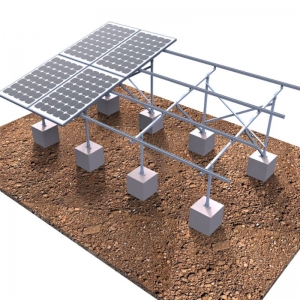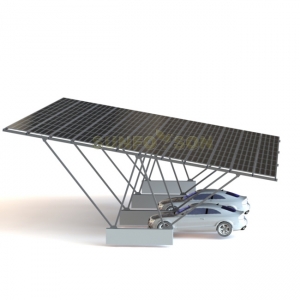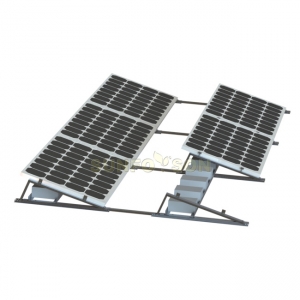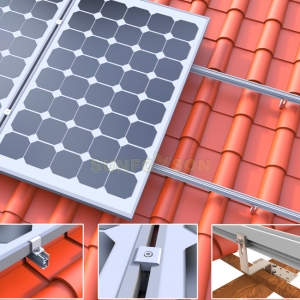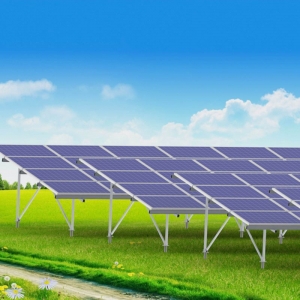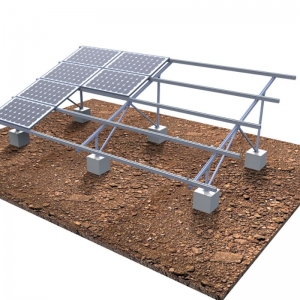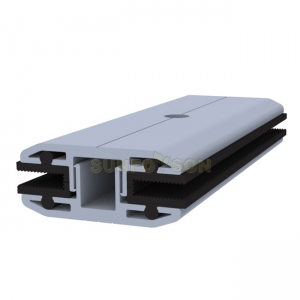Serbia’s draft economic reform plan for 2022-24 sets a bold vision for the development of renewable energy, with a goal of 8.3 GW of solar energy and 3 GW of wind energy. The draft is prepared every year by the Serbian Ministry of Finance for review by the European Union as part of the country’s difficult path to join the European Union.
As part of an investment of 17 billion euros ($19.2 billion) in the energy and mining industry, 12 billion euros will be used for wind farms, photovoltaic power plants and hydroelectric power generation facilities. According to the draft, utility-scale photovoltaic projects can be built on 200,000 hectares of neglected low-value farmland, which can accommodate 2GW of solar energy. As part of this plan, the Serbian Ministry of Mines and Energy and Chicago-based UGT Renewables signed a cooperation agreement in August 2021 to build 1GW of solar energy in more than a dozen locations, covering an area of more than 2,000 hectares.
The draft also envisages the construction of about 300 megawatts of photovoltaic power plants on land owned by the state-owned power company EPS, worth 200 million euros, mainly on its coal ash piles. Last year, the utility company announced a tender to analyze the conditions for the construction of two solar power plants with a capacity of 9.9 MW at the ash yards of TPP Morava and Kolubara. EPS previously announced plans to build a 9.95MW solar array at the former Cirkovac Mine’s landfill, and plans to build a 97.2MW photovoltaic power plant on an existing ash pile owned by Srednje Kostlačko Ostrvo. However, despite the long discussions, almost no progress has been made on these projects.
According to the 2022-24 draft, most of the solar capacity envisaged should come from rooftop photovoltaics. Last year, Serbia began to promote the concept of prosumers and determined that a roof of 600 square kilometers is suitable for installing solar panels. According to the draft, installing photovoltaics on 10% of these surfaces is equivalent to 6GW of installed capacity and 7TWh of annual output, accounting for about 20% of the country's total energy output. The draft states that the total installed capacity of state-owned projects will reach 8.3GW, with a total investment of 6.2 billion euros.
According to data from the International Renewable Energy Agency, as of the end of 2020, Serbia’s installed photovoltaic capacity was 29 MW. About 10 MW of installed power comes from the expired feed-in tariff plan, which awards rates ranging from 0.124 euros to 0.146 euros. The kWh of the rooftop photovoltaic array depends on the scale of the system, and the 0.09 Euro/kWh of the ground-mounted devices are all under a 12-year power purchase agreement.
"So far, the solar energy industry in Serbia has been a major failure." Marijan Rancic, director of business development for new energy solutions and a member of the Serbian Renewable Energy Association, told Photovoltaic Magazine that he pointed out the cumbersome red tape and lack of financing channels for rooftop photovoltaics.
Last year, Serbia introduced the highly anticipated Law on the Use of Renewable Energy, which is the country’s first law of its kind designed to promote the deployment of renewable energy in the country. The law only targets some small projects (such as projects with a capacity of less than 500 kilowatts and wind power projects less than 3 MW) and demonstration projects that grant market premiums through auctions and feed-in tariffs, and introduces a long-awaited legal framework for producers and consumers .
In order to take advantage of the net metering system and allow households and businesses to sell excess electricity to the national utility company EPS, Serbia announced a rebate last August that covers 50% of the cost of installing and deploying rooftop photovoltaics. According to the new regulations, EPS will be forced to connect to the photovoltaic system within five days after its owner obtains connection approval.
"We expect that in the next few years, as the production and consumption model becomes simpler in practice, we will usher in a rooftop photovoltaic boom." Lancic said, adding that this is especially applicable to the C&I market segment. This will promote and permanently reshape Serbia's energy sector to support solar energy.
However, when it comes to the scale of utilities, things don't look so bright.
"Although the main legislation seems to be more predictable than in the past, we still have some work to do in balancing the responsibilities of utility-scale solar projects, which will determine the bankability of the future framework." Rancic pointed out that agricultural land Usage and grid issues are the main obstacles to PV deployment.












